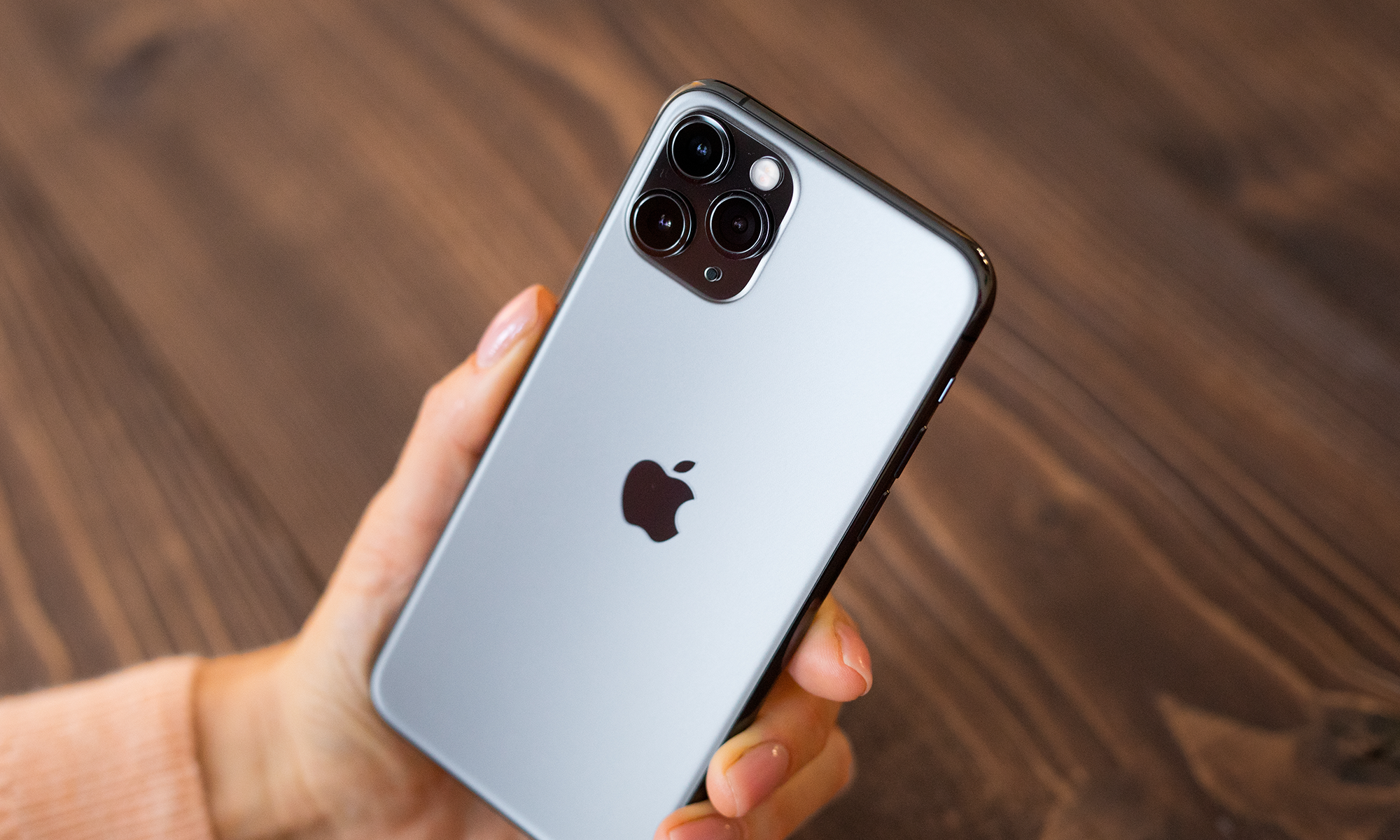It's now been almost two years since Apple (AAPL +0.54%) and the Federal Trade Commission filed separate but concurrent legal complaints against Qualcomm (QCOM +0.63%). The FTC's anticompetitive case is now at trial, with Apple COO Jeff Williams testifying against the mobile chip giant regarding its controversial "no license, no chips" policy.
Many key facts -- such as the per-device royalty -- within Apple's original complaint were redacted. Williams just shared some new details about the financial arrangement.

Image source: Apple.
An "exorbitant" amount per device
CNET reports that Apple was paying Qualcomm $7.50 per device in royalties. Apple initially wanted to pay just $1.50 per device, which it thought was a fair rate based on the value of the modems it was buying from Qualcomm. But Qualcomm charges royalty rates based on the value of the entire device, not just that component.
Apple previously noted that it has tried to negotiate a direct license with Qualcomm for nearly a decade, but Qualcomm refused to offer it a license. Instead, Qualcomm licenses its intellectual property (IP) to contract manufacturers, who in turn get reimbursed by Apple. But those manufacturing partners do not negotiate, and simply accept terms that Apple has previously described as "exorbitant." Before Apple instructed them to stop paying, contract manufacturers were paying Qualcomm 5% for every iPhone, translating into $12 to $20 per device.
In exchange for exclusivity and other marketing concessions, Qualcomm used to give Apple rebates that effectively reduced its royalty burden. Those rebates brought the per-device royalty down to $7.50.
A gun to Apple's head
To get a sense of how much Apple was paying in royalties, here are how many iPhones the company was selling each year along with estimated royalty expenses. Note that Apple was paying these royalties even before Qualcomm became its exclusive modem supplier in 2011, and it stopped paying the royalties (via reimbursements to contract manufacturers) in 2017. Additionally, hardware modem sales are separate.
|
Year |
iPhone Units |
Estimated Royalty Expense |
|---|---|---|
|
2011 |
93.1 million |
$465.5 million |
|
2012 |
135.8 million |
$679 million |
|
2013 |
153.5 million |
$767.5 million |
|
2014 |
192.7 million |
$963.3 million |
|
2015 |
231.5 million |
$1.16 billion |
|
2016 |
215.4 million |
$1.08 billion |
Data sources: SEC filings and author's calculations.
As Apple's iPhone business grew, so did its royalty burden. For reference, the $1.08 billion in royalties that Apple paid in 2016 were a meaningful chunk of the $7.9 billion in total licensing revenue that Qualcomm reported for that year.
Qualcomm unsuccessfully tried to massively increase its per-device royalty rate in 2013 when the contract was up for renewal, hoping to add another $8 to $10 per device, according to the report. That would have more than doubled what Apple owed to Qualcomm in royalties annually. Instead, Apple accepted exclusivity as one of several provisions to keep the per-device rate at $7.50.
"We were staring at an increase of over $1 billion per year in licensing, so we had a gun to our head," Williams said.
Check out the latest Apple earnings call transcript.







